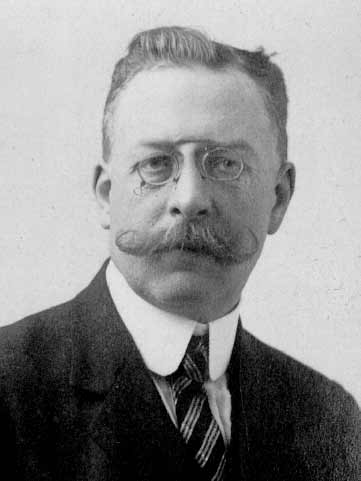
What is it?
The Maillard reaction, named after French chemist Louis-Camille Maillard (1878-1936), is a complex chemical reaction at heat (particularly strongly between 140°C and 165°C) between amino acids and reducing sugars.
Why does it matter?
It’s responsible for the distinctive flavour of browned foods.
But I thought it was caramelisation that turned food brown?
Again, yes and no. Caramelisation does turn food brown, but it’s a much more straightforward process – it’s just the pyrolysis (decomposition under heat) of certain sugars. And the Maillard reaction does also result in browning, though it’s the umami flavours it creates, above all, that have been interesting food scientists since at least 1953.
Hang on – Maillard died in 1936.
Glad you’ve been paying attention. Maillard described the process in a 1913 academic paper, but it was US Department of Agriculture chemist John E. Hodge who established the mechanism 40 years later, paving the way for a lot of artificial flavourings.
Not interested in artificial flavours. Give me the real McCoy.
Think fried steaks, lamb chops, roast pork – but think biscuits and crusty bread too. And roasted coffee beans. And fried onions… Are you starting to see why it’s so important?
(And the malted barley that makes beer and whisky.)
So it’s a good thing, then?
Mostly, yes. However, it occurs naturally in the human body in certain medical conditions, often in association with the ageing process – for instance, it’s thought it may have a role in cataracts and in macular degeneration. And back in the world of food it can result in the formation of acrylamide, which may be a carcinogen (at least, US government agencies think it is).
Should I worry if I’ve overdone the toast?
Not unduly. Acrylamide’s been found to cause cancer in rats and mice, but only at huge levels – humans would have to eat about 160 times the daily average intake to consume the same amount, and even then it’s not been established that they’d contract cancer.

Leave a Reply